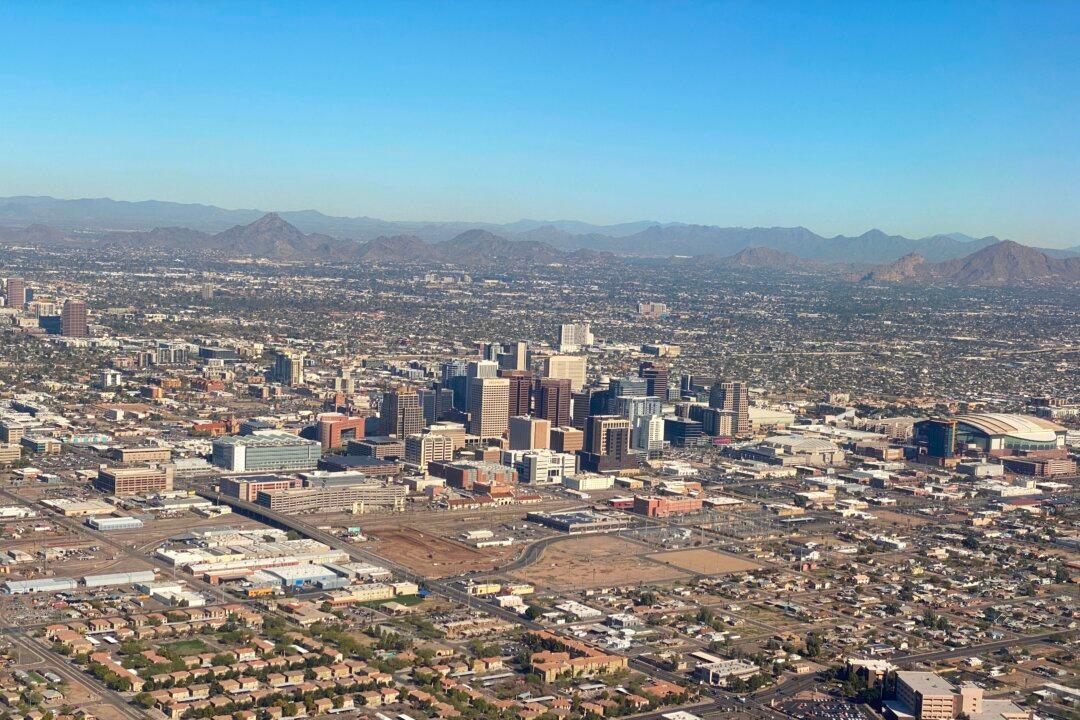Commentary
“I’m just getting off work,” a guy told me at 8:00 pm in the hotel elevator after I asked him how he was doing. “I’m a crane operator—85 hours a week,” he replied when I asked about his job.

“I’m just getting off work,” a guy told me at 8:00 pm in the hotel elevator after I asked him how he was doing. “I’m a crane operator—85 hours a week,” he replied when I asked about his job.